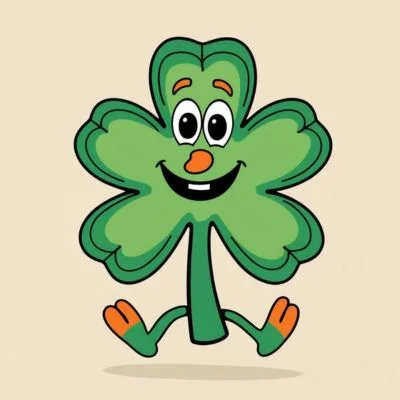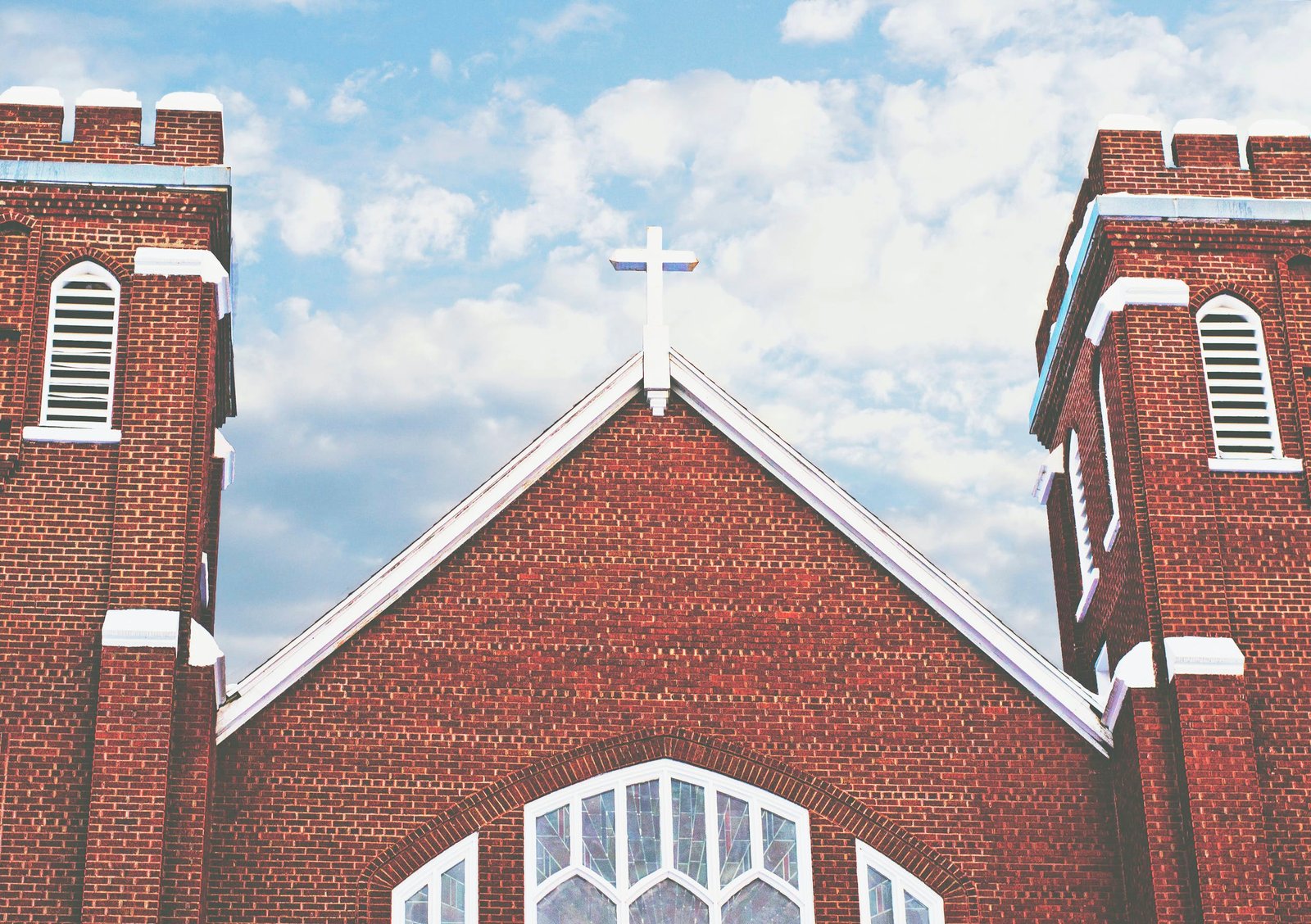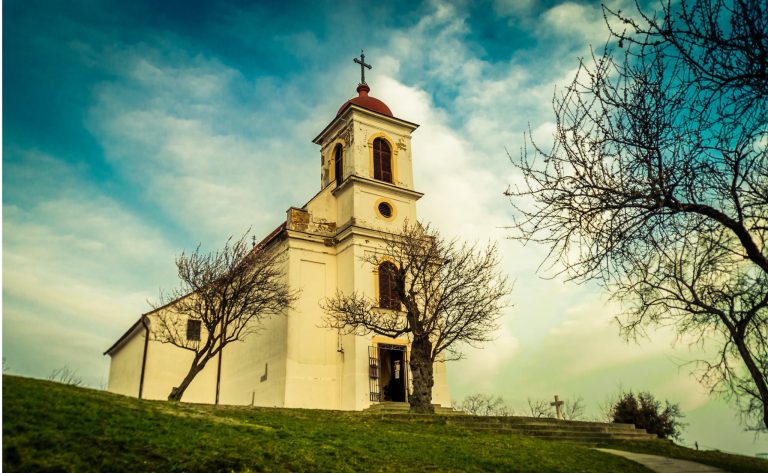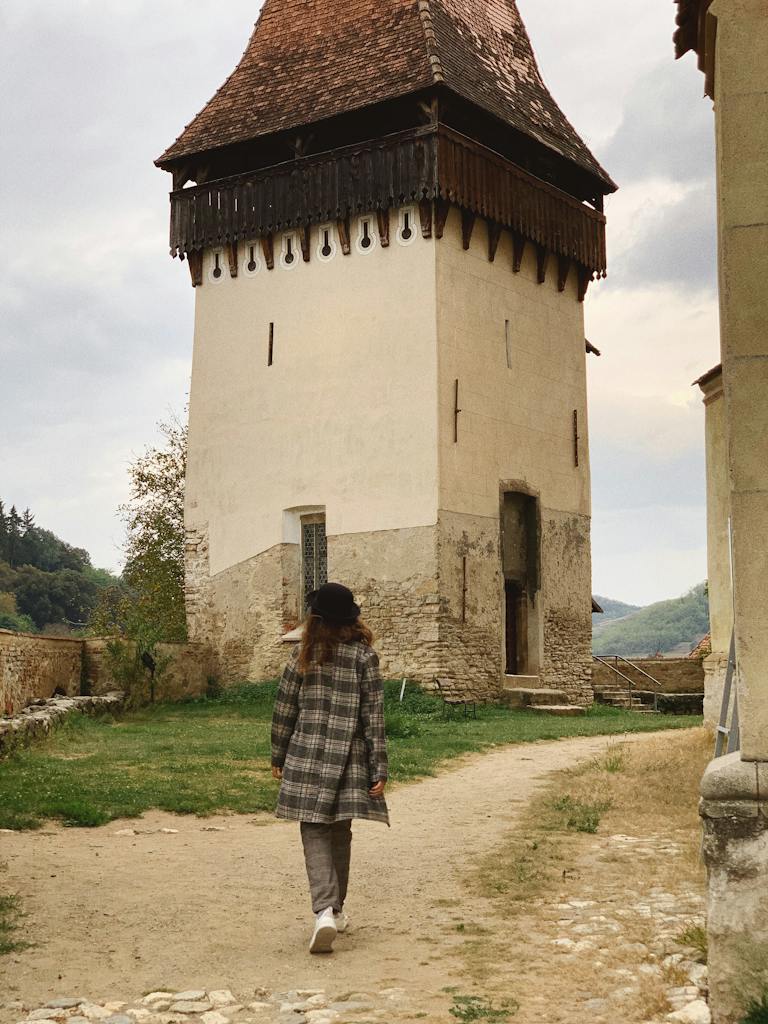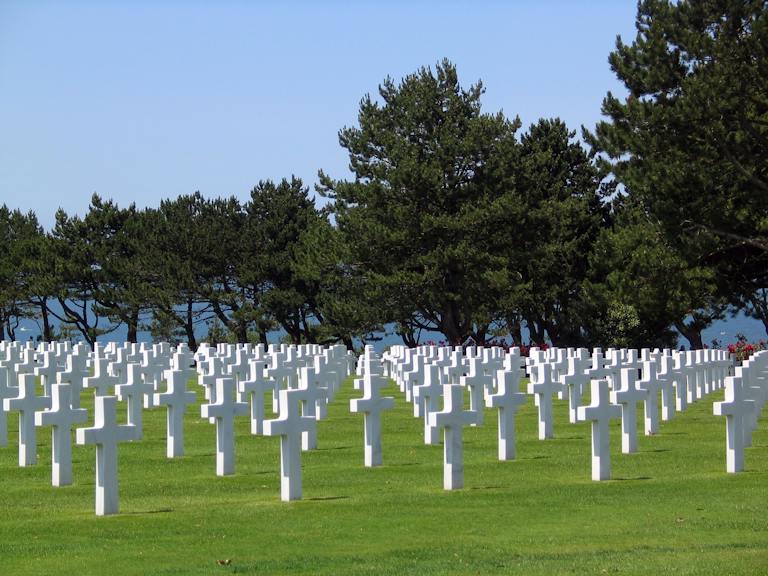Who founded the Catholic Church?
Who founded the Catholic Church? This is a question that has been debated for centuries, but one that is important for Catholics to understand. As a pastor serving Christ’s flock, I’d like to provide some clarity on this issue.
Jesus Christ himself founded the Catholic Church at its core. When Jesus began his public ministry around 30 A.D., he appointed his twelve apostles and laid the foundations for what would become known as the Christian Church. We see Jesus establishing his church in several key passages:
“And I tell you that you are Peter, and on this rock I will build my church, and the gates of Hades will not overcome it” (Matthew 16:18). Here Jesus appoints Simon Peter as the leader of the early Church.
“Therefore go and make disciples of all nations, baptizing them in the name of the Father and of the Son and of the Holy Spirit” (Matthew 28:19). Jesus commissions his followers to spread the gospel worldwide.
Jesus intended for his apostles to lead the Church after his ascension into heaven. We see this in the book of Acts, as Peter and the other apostles appoint successors (bishops) to guide the rapidly growing number of Christian communities throughout the Roman Empire.
So in the most fundamental sense, Jesus Christ established the Catholic Church, with St. Peter serving as its first earthly leader. The bishops carry on that apostolic succession to this present day.

History of the Early Catholic Church
For roughly its first 300 years, the early Christian Church underwent phases of intense persecution by Roman authorities. Despite the threat of imprisonment, torture, and martyrdom, the faithful continued practicing their faith, albeit often in secrecy.
Several developments in the 4th century allowed the Church to come above ground and enter mainstream society. In 313 A.D., the emperors Constantine and Licinius issued the Edict of Milan, granting all citizens freedom of religion. Christianity quickly transitioned into a favored and accepted faith.
Under imperial sponsorship, magnificent churches were constructed, the liturgy formalized, and ecumenical councils convened to resolve important matters of doctrine and church governance. This early period saw the development of the Nicene Creed, the papal office in Rome recognized as a position of prestige and authority, and the usage of the term “Catholic Church” emerging in the early 2nd century writings of Ignatius of Antioch.
While imperial meddling led to occasional theological disputes and schisms, the Catholic Church established itself as a powerful institution that outlasted the collapse of the Western Roman Empire by nearly a thousand years.
Factors That Shaped Early Catholicism
There are several noteworthy factors that helped distinguish the early Catholic Church from other Christian groups in late antiquity and allowed it to become the largest church in the world.
The first was its organizational structure. The Church established a hierarchical structure with bishops, priests, and deacons as its leaders, with its center in Rome. This provided stability and allowed church teaching to be clearly disseminated across its ever-growing congregations.
Second was the enduring legacy of the apostles. Catholics see an unbroken line of successors carrying on the mission of St. Peter and the original apostles. The doctrine and practices of the early Church formed a foundation that future Catholic leaders followed and built upon.
Third was the prominence of Rome itself. As the administrative capital of the Roman Empire, events and developments in Rome naturally had ripple effects on the wider church. With communication and transport routes already established, Roman influence (both positive and negative) was inevitable.
Lastly, there was the profound theological contribution of the Church Fathers, especially in the areas of Christology, theology, and philosophy. Early church councils codified these teachings into doctrine, forming the core of Catholic dogma and practice for subsequent generations.
Even though Christ himself founded Catholicism, its early form owes a lot to the unique geographical, cultural, and religious landscape of the Roman Empire from which it emerged. The church was gradually formalized and institutionalized, allowing it to establish permanent roots.
The Catholic Church Today
Today the Catholic Church consists of over 1.3 billion members worldwide. It possesses a vast body of doctrine, an intricate organizational hierarchy, a breadth of worship practices, a proliferation of religious orders, a deep intellectual tradition, and a rich artistic patrimony accrued across two millennia.
In spite of facing many persecutions and schisms throughout history, as well as wrestling with internal corruption at times, the foundational mission of the church remains unchanged from Christ’s original mandate: to share the gospel with all people and bring God’s love and salvation to all corners of the earth.
As a global family of believers seeking to live out this Great Commission, we give thanks to God for the providential workings of the Holy Spirit in guiding and sustaining our church since its inception.
Though an imperfect vessel, Catholics firmly believe our church persists as the fullness of Christian truth, as intended by Jesus when he entrusted his apostles to develop the flock that he purchased with his blood.
Conclusion
I hope this overview provides clarity about the origins of our Catholic faith. This 2000-year testament to God’s faithfulness is a legacy we should appreciate and feel privileged to participate in.
As we confront the challenges of our present times, may we remain firmly rooted in that apostolic heritage passed down to us from those initial eyewitness followers of Christ. Empowered by the Holy Spirit, may we continue proving ourselves worthy ambassadors of the gospel in our families, workplaces, parishes, and communities.
